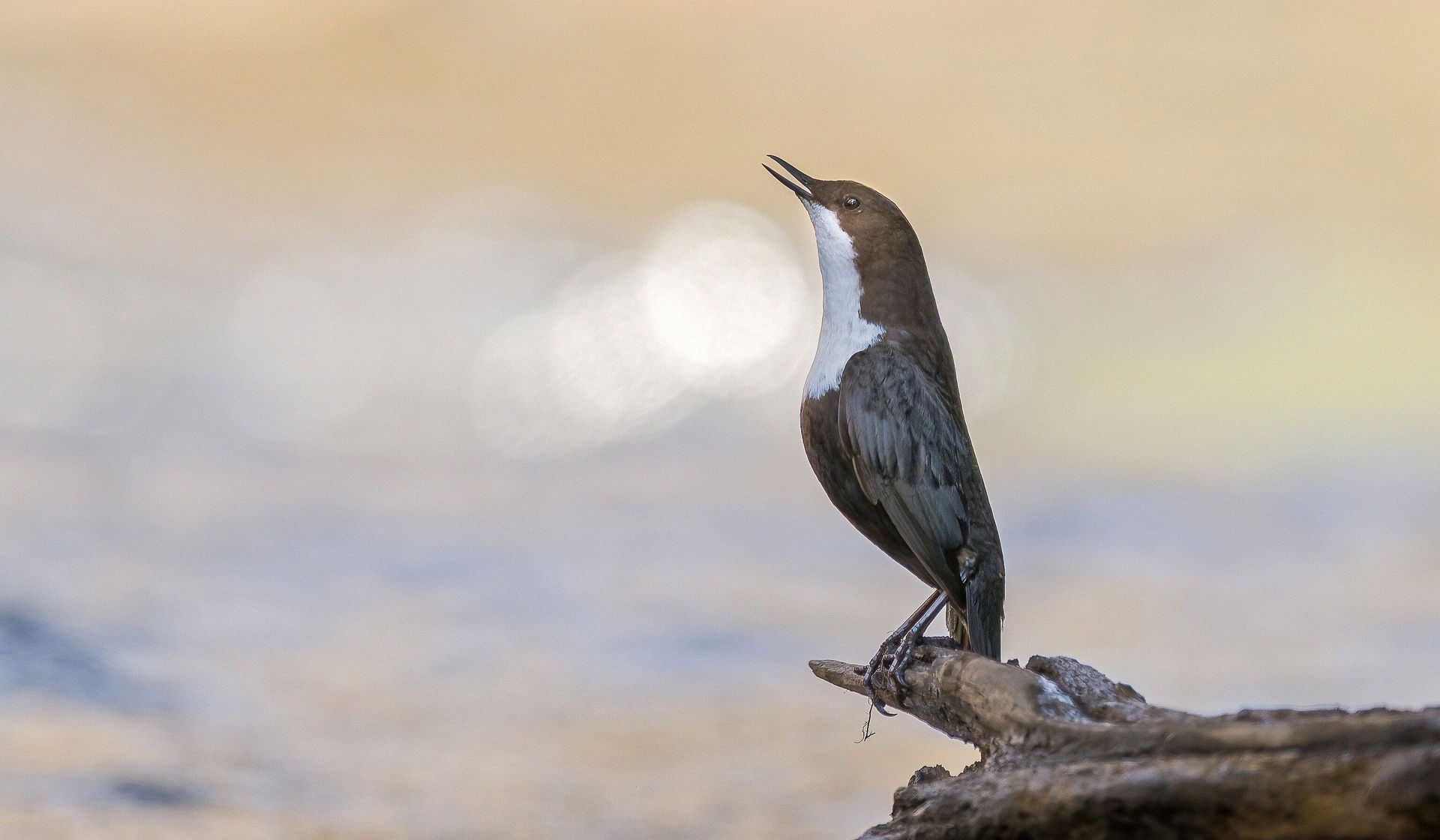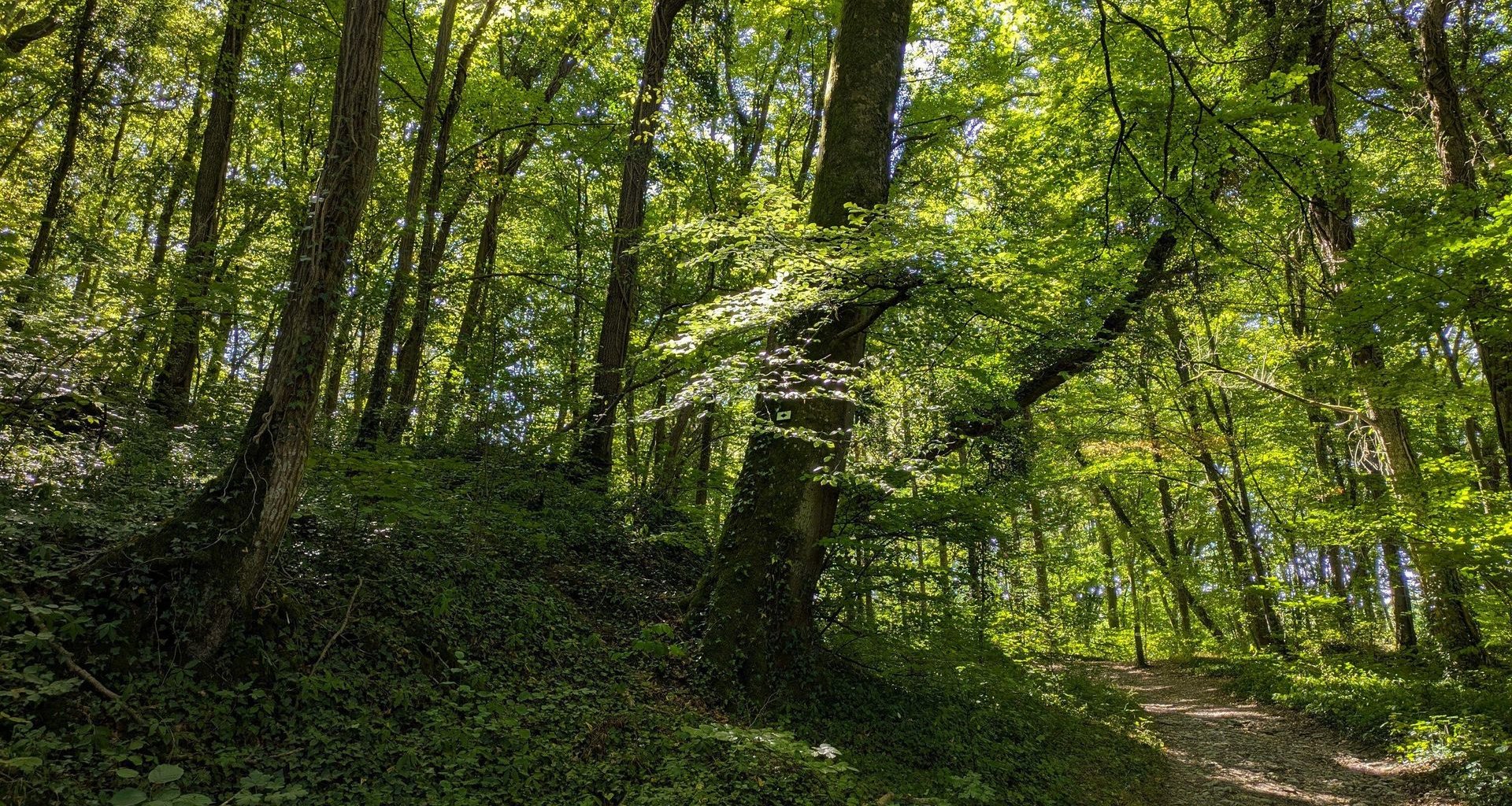
Our action plans for a wilder and more resilient nature. Our philosophy is that, wherever possible, we should allow nature to do what it does best: repair itself, adapt, capture carbon, purify water, enrich the soil…
NATURAL FOREST AND INTEGRAL FOREST RESERVE
The forest and its natural dynamics lie at the heart of the National Park's priorities.
- 1,800 hectares of indigenous natural forest have been left to evolve freely and placed under the status of integral forest reserve.
- In all the forests of the National Park (17,000 hectares), the degree of naturalness is increased by natural regeneration, reduction of coniferisation, and increase in the volume of dead wood and habitat trees, all to the benefit of biodiversity and forest resilience.
- Ponds and forest edges are being created to support vulnerable species such as the fire salamander. The National Park also promotes more sustainable and ethical hunting methods (spot-and-stalk hunting).
Our partners: the Département de la Nature et des Forêts (DNF) of the Walloon administration, the municipalities, Natagora, hunting councils, Cercles des naturalistes de Belgique, Forêt et Naturalité.
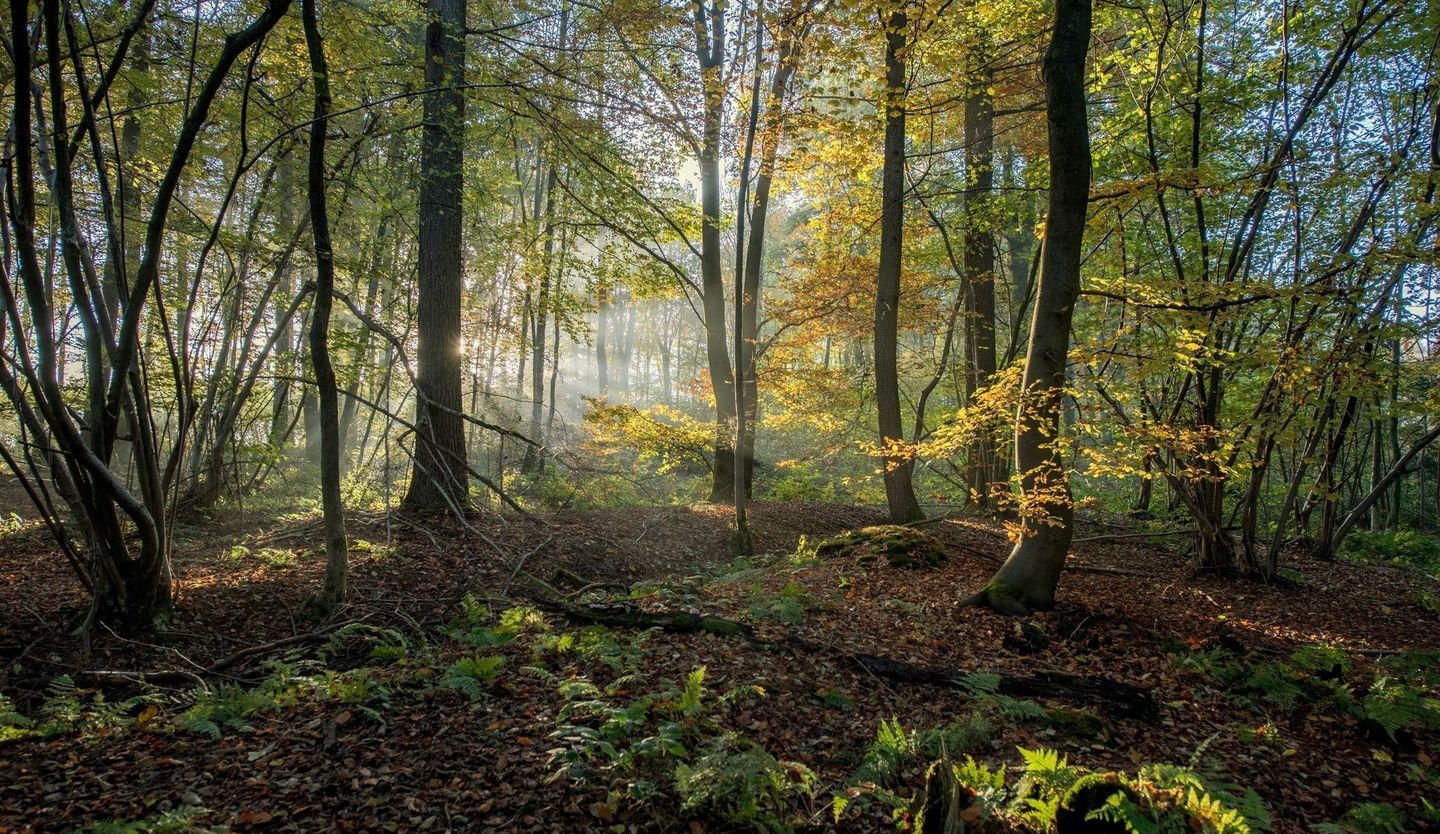
©L. Malbrecq
WILD VALLEYS AND WETLANDS
The rivers Eau Blanche, Eau Noire and Viroin shape the landscape of the National Park and contribute to its unique charm, as well as to the resilience of the territory and the quality of life of its residents.
- Actions are being carried out to preserve and to gain recognition of the remarkable wild character of the river Eau Noire (Site Rivières Sauvages label).
- A large-scale re-meandering project of the river Eau Blanche is being carried out by Natagora, the Parc naturel Viroin-Hermeton and the Direction des Cours d'eau non navigables of the Walloon administration.
- The National Park supports and complements this project through research and monitoring actions, as well as through valley renaturalisation actions, such as the creation of reed beds and waterbodies.
Our partners: Contrat de rivière Haute-Meuse, Virelles-Nature, Natagora.
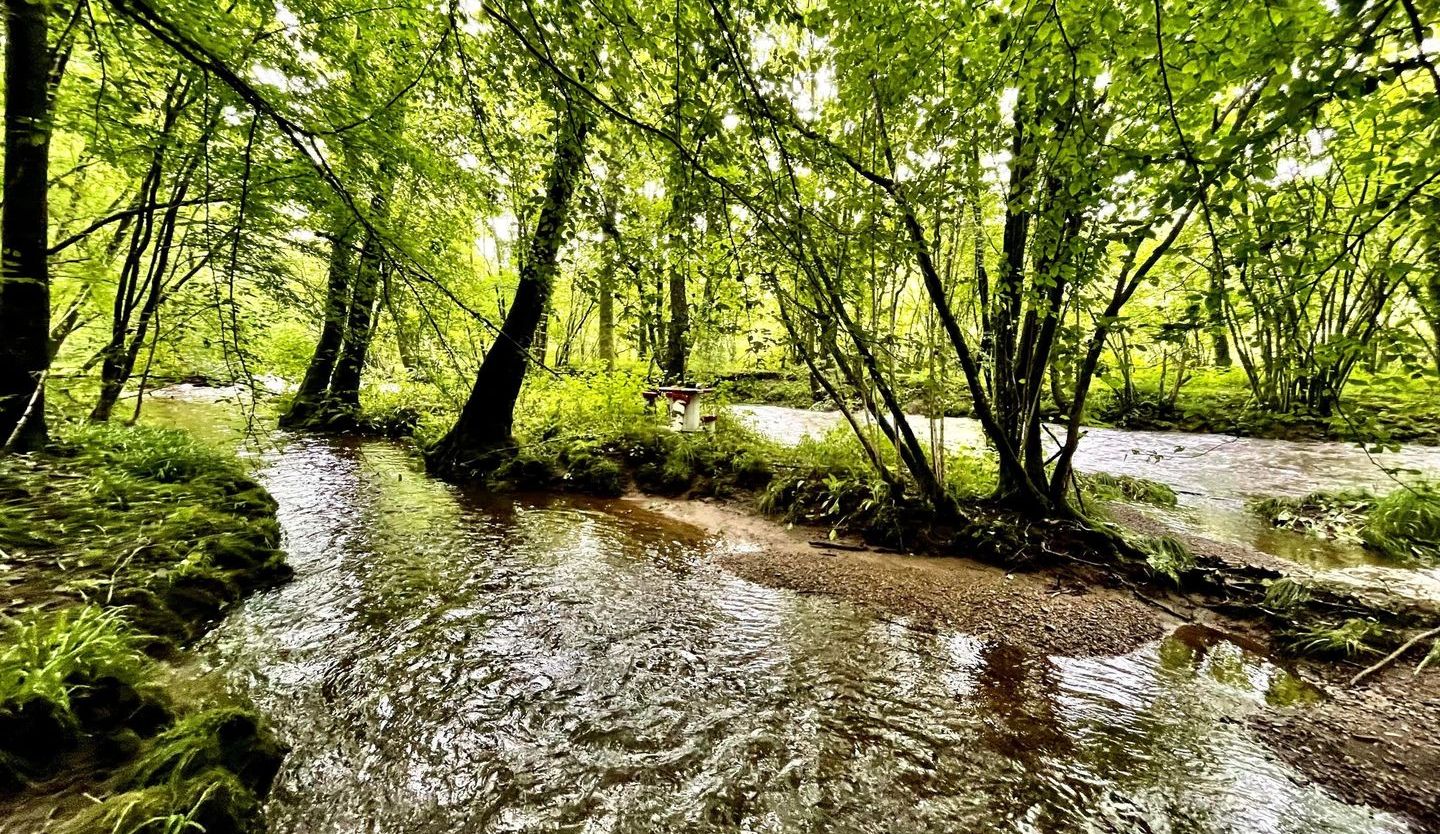
©M. Devienne
SENSITIVE HABITATS AND SPECIES
The National Park is fortunate to safeguard 26 habitats of Community interest and 80% of all biodiversity found in Wallonia. To support these precious environments and vulnerable species, we are taking more targeted action.
- We are restoring humid grasslands, hay meadows and dry heaths.
- In the Calestienne, 80 hectares of pine forest will be exploited to recreate a viable network of calcareous grasslands. This will sustain a typical habitat rich in exceptional biodiversity.
- Studies and field actions are also being carried out to support indigenous populations of European black bees and wild bees, and to foster the nesting of several remarkable birds: the white stork, the common tern and the osprey.
Our partners: Natagora, Ardenne & Gaume, Mellifica, Virelles-Nature, DNF.
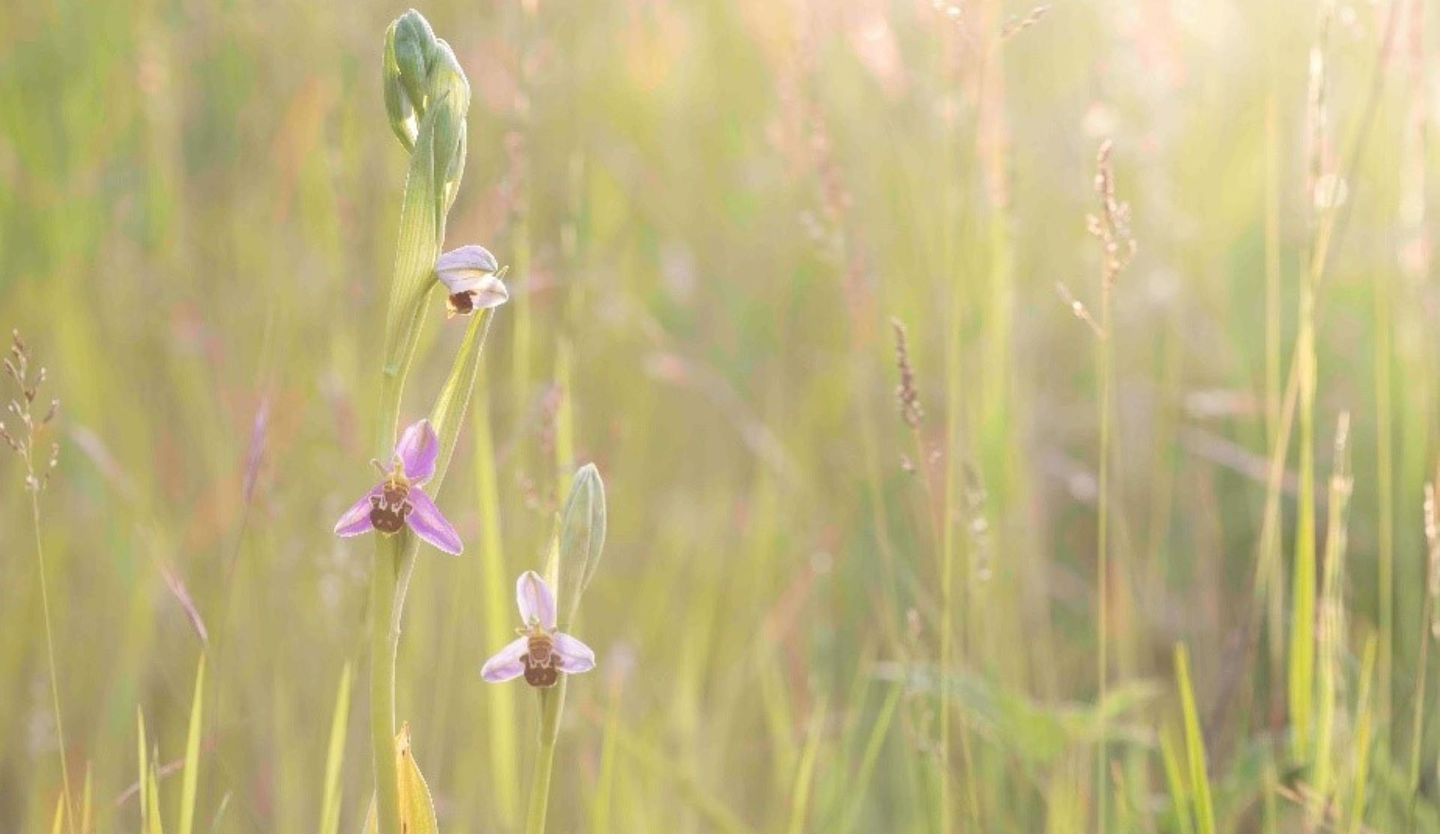
©W. Mélis
PASTORAL GRAZING AND NATURAL GRAZING
Extensive and responsible livestock farming is a precious ally in the conservation of open environments. The National Park is leading a pioneering project aimed at reviving the practice of pastoral grazing, with shepherds and dogs. The return of this agropastoral tradition, once widespread in the Calestienne, will enable the gentle maintenance of calcareous grasslands and their extraordinary biodiversity, inherited from centuries of agropastoral practices. The formation of a roaming herd of several hundred sheep also aims to promote the emergence of sustainable local production chains (meat, wool…). A sheepfold will soon be built in Olloy-sur-Viroin (Viroinval). In addition, an experimental natural grazing project is under consideration.
Our partners: in particular, stakeholders from the relevant production chains.
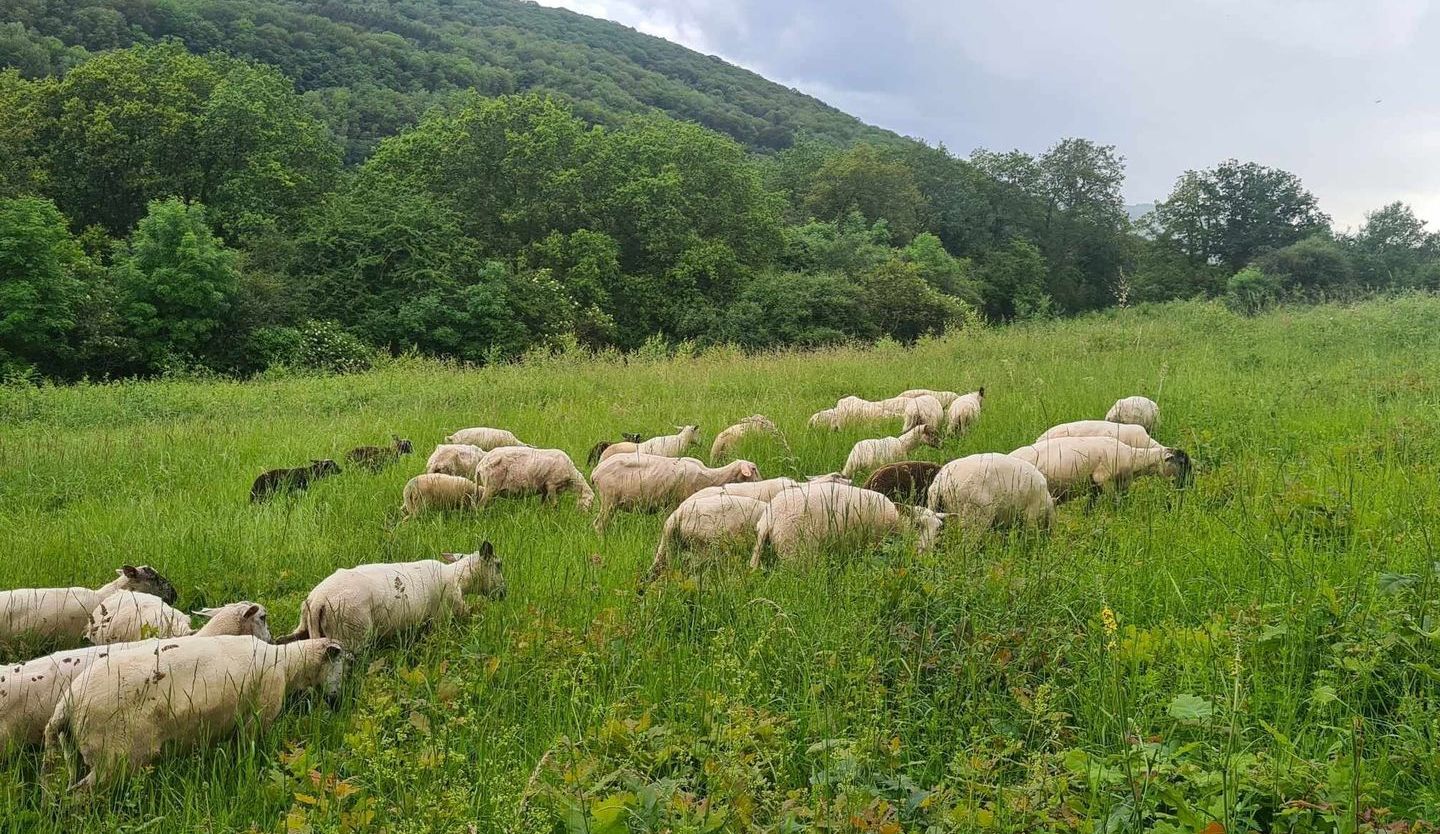
ECOLOGICAL NETWORK
The ecological network is essential for allowing the flora and fauna to move around, feed, reproduce... Actions are being carried out to improve this network in the municipalities of the National Park.
- The creation of a network of agricultural ponds helps to strengthen populations of vulnerable amphibians, birds and insects, with the great crested newt as the ‘umbrella’ species.
- The planting of hedges and high-stem orchards particularly benefits the red-backed shrike and the greater horseshoe bat.
- And finally, the National Park is cooperating with the municipalities to create a dark infrastructure across the territory. Combating light pollution and restoring a high-quality night sky is beneficial to wildlife and attracts astronomy and stargazing enthusiasts.
Our partners: the municipalities, Natagora, the enrolled landowners and farmers of the National Park.
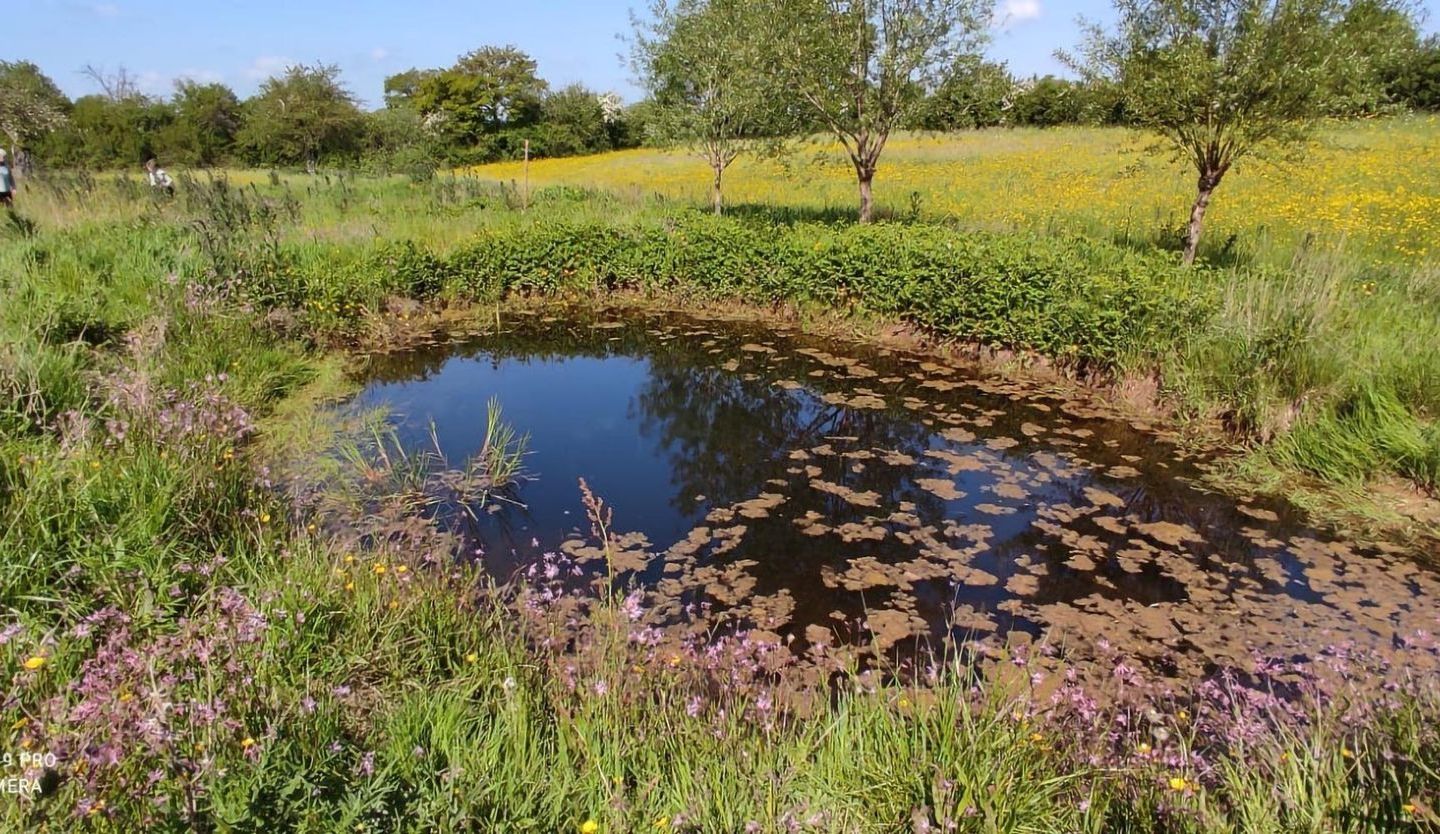
TERRITORIAL STRENGTHENING
A national park’s purpose is to protect vast interconnected wild areas. The National Park Entre-Sambre-et-Meuse and its partners are constantly working to expand the park's territory and strengthen territorial coherence. Steps are being taken to obtain the support of private and public landowners and improve their level of commitment through agricultural, forest and ‘land and nature’ charters. The National Park also aims to create and expand nature reserves, thanks to partner associations approved for the management of nature reserves, as well as the DNF and the municipalities.
Our partners: municipalities, DNF, Natagora, Ardenne & Gaume
Our results
The National Park Entre-Sambre-et-Meuse is implementing a master plan, the first phase of which began in 2023 and will end in 2026. The results are reported annually.
There are plenty of challenges: preserving habitat trees, maintaining calcareous grasslands, supporting farms that welcome biodiversity.... Thanks to the synergies and reputation of the National Park, even a small contribution can make a big difference.
Make a donation